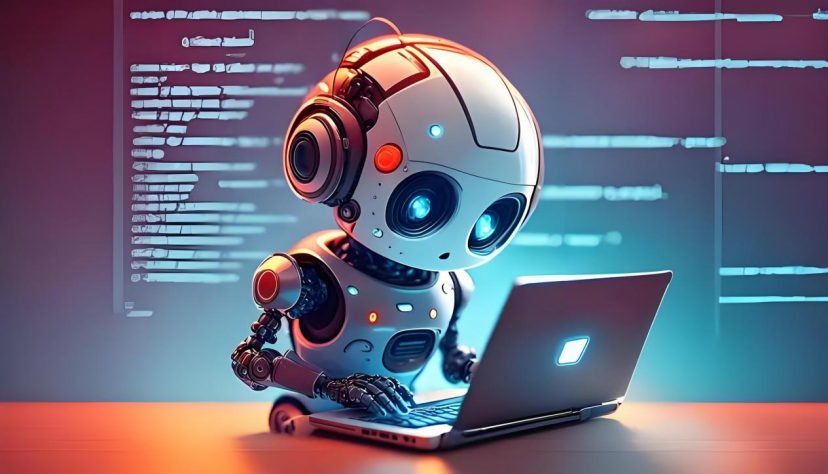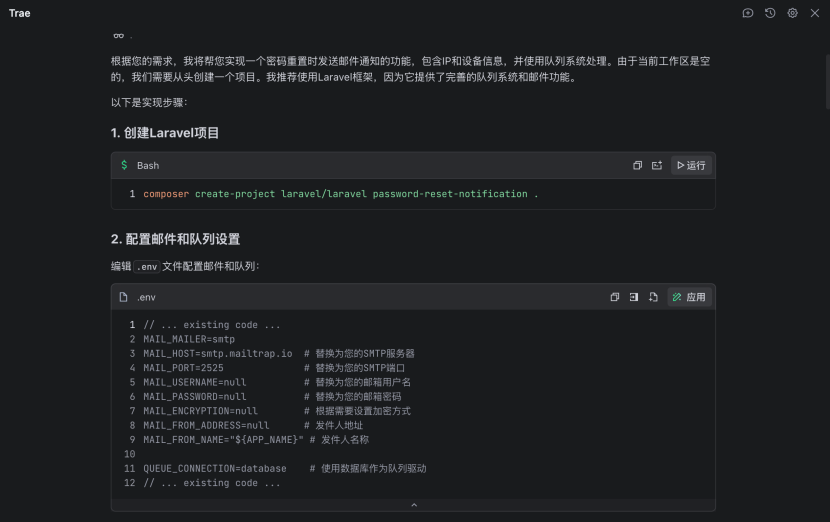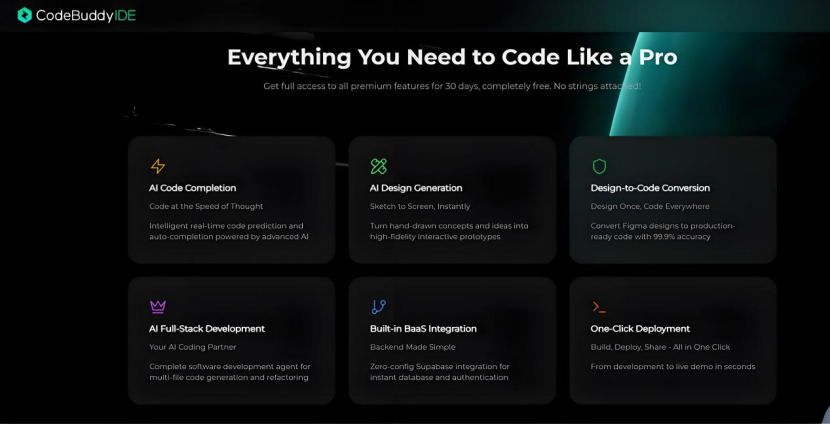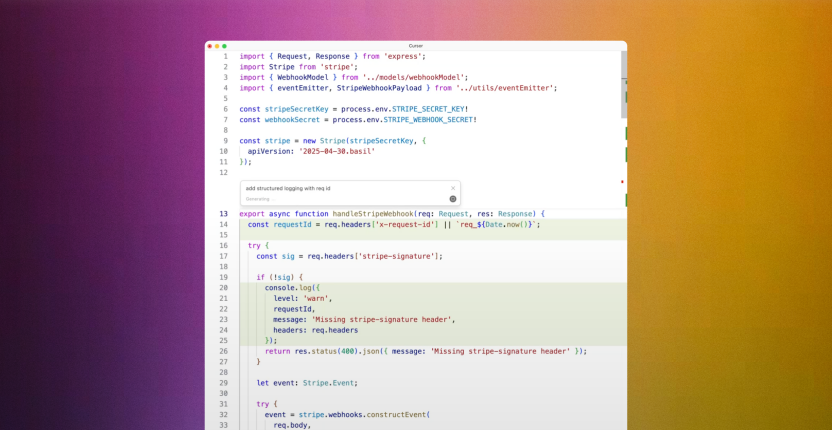AI Coding: Boom and Challenges for Entrepreneurs
![]() 07/25 2025
07/25 2025
![]() 489
489

Key Points:
1. AI Coding has emerged as the first application to validate PMF (Product Market Fit) in the large model technology wave, and it is also the first market to establish both a revenue model and substantial scale following the basic models.
2. Essentially, AI Coding tools are SaaS products, inheriting the typical challenges faced by the domestic SaaS industry, such as pricing constraints, user retention difficulties, and low conversion rates.
3. Startups must possess robust technological barriers, unique data, and vertical capabilities or secure clear exit strategies to avoid being overshadowed by giants rapidly expanding their footprints.
4. While professional developers remain indispensable in complex system development, their roles are evolving, focusing on demand analysis, architectural design, and efficient collaboration with AI.
Author: Lin Yi
Editor: Key Point Master
AI Coding (Artificial Intelligence Coding) has become the hottest race in the current AI landscape. Over the past month, both domestic and overseas companies, from large enterprises to star startups, have accelerated their efforts, resulting in an intensive rollout of products.
In China alone, within a span of three days in July, ByteDance released TRAE 2.0, Tencent introduced CodeBuddy IDE, and Alibaba unveiled its open-source programming model Qwen3-Coder-480B-A35B-Instruct. Earlier, in late June, Baidu's Wenxin Kuama also launched its standalone AI-native development environment, Comate AI IDE.
Internationally, this year in June, Cursor completed a $900 million funding round, valuing it at nearly $10 billion, almost triple that of China's similar basic model startup Dark Side of the Moon. Recently, Google announced the acquisition of Windsurf for $2.4 billion, a company launched just last December with fewer than 200 employees. Concurrently, AWS introduced its own AI programming tool, kiro.
The recent surge in AI programming tools can be attributed directly to the core competency of large language models (LLM), which predict the next character. Compared to semantically rich and ambiguous natural language, programming languages offer a more structured and predictable syntax. Thus, using AI for code generation and debugging is one of the most fitting applications for large language models, often seen as the first to validate PMF in this technology wave.
Another reason is that programming is the backbone of all digital productivity. Both China and the US face high labor costs for programmers. Replacing repetitive coding tasks with AI is a highly imaginative scenario for cost savings and efficiency gains in the eyes of entrepreneurs and investors. AI Coding is also the first market to establish both a revenue model and significant scale after the basic models.
This growth is supported by rapid advancements in underlying large model capabilities such as GPT, Gemini, Claude, Qwen, and DeepSeek, giving rise to various AI Agents tailored for vertical scenarios, including programming tools.
In March this year, ByteDance launched TRAE 1.0. Just two months later, rumors circulated within the company about banning external AI programming tools like Cursor and Windsurf. On July 21, TRAE was upgraded to 2.0, and we immediately experienced the new version. Its most groundbreaking feature is the SOLO mode.
In essence, SOLO transcends being just an IDE plugin; it serves as a "Context Engineer" that comprehensively covers the entire process from planning, coding, testing, to deployment. Users simply input requirements in natural language, and AI automatically breaks them down, invokes tools, and executes them.

For instance, if the backend needs to send an email notification when a user resets their password, the user can input: "Send an email notification when a user resets their password, using the queue system, including IP and device information." SOLO then handles the rest, from searching the code base, reusing modules, generating code, adding tests, to submitting PRs, without any manual intervention.
In other words, TRAE is evolving into a super AI engineer capable of understanding requirements, scheduling tools, and delivering independently.
On July 22, Tencent officially released its AI programming tool, CodeBuddy IDE. Initially an internal development assistant at Tencent, CodeBuddy IDE is now positioned as an AI partner for developers, helping them free up time from repetitive coding to focus more on high-value aspects such as creativity and architectural design.

Unlike standalone conversational programming tools on the market, CodeBuddy IDE offers three parallel modes: Planning Mode (from requirement clarification to PRD/MVP), Design Mode (from Figma/sketch to pixel-level prototypes), and AI Coding Mode (from code generation to deployment).
It integrates Tencent Cloud hosting, the Hunyuan large model, and is deeply integrated with the mini-program ecosystem. The core idea is to lock in requirements through the planning and design phases before handing them over to the Coding Agent for automatic generation, minimizing repeated rework.
Unlike Cursor, which primarily serves as a programmer's assistant, CodeBuddy has a broader scope, catering to multiple roles in product, design, development, operations, and maintenance. It foregoes traditional indexing and instead reads through the entire project before tasks, simulating human contextual understanding. It also prioritizes two core forms of interaction: asking questions (Ask) and agent automatic generation (Craft), rather than separating manual/background interactions.
From a user experience perspective, Figma integration is a significant selling point. The transition from design to code has always been a pain point in front-end development. Traditionally, after the designer completes the design, the front-end developer must manually convert the design draft into code, a time-consuming and low-fidelity process. CodeBuddy IDE's Figma design-to-code capability aims to resolve this issue, enabling seamless integration between design and development.
Among overseas vendors, Cursor is the earliest representative in this AI programming wave. Targeting professional programmers, its core functions revolve around the AI code editor and IDE, excelling in parsing large codebases. However, Cursor does not develop its own large models and relies mainly on external capabilities like Claude and GPT.
In contrast, Windsurf, building upon Cursor, emphasizes ease of use and visualization, making it more beginner-friendly. It focuses on usability and visual experience, enabling programming beginners or product managers to complete basic development through natural language conversations with AI. The core idea is to automate agent capabilities as much as possible, lowering the usage threshold.
If Cursor and Windsurf are more tool-like, Devin positions itself as an "AI Software Engineer." It can not only dialogue and program but also self-plan, self-evolve, and automatically invoke various tools to complete complex programming tasks. In other words, Devin is not just a code-writing tool but a small programmer capable of independent delivery.
Lovable takes a different approach, focusing on "ambient programming." It targets non-technical users, where users only need to chat with AI to specify the desired front-end page, and AI handles the rest. Lovable emphasizes page aesthetics and interaction experience, making it suitable for rapidly validating designs or creating MVPs, often complemented by third-party services for backend components.
Replit extends the concept of "citizen development" further. It provides a one-stop solution from coding to deployment, emphasizing natural language generation, real-time multi-person collaboration, and community template sharing. It's akin to bringing the multi-person collaboration mode of Google Docs into the coding world, allowing users with zero experience to easily start writing programs.
In China, large companies' paths in benchmarking overseas products are relatively clear. Baidu's Wenxin Kuama and Alibaba's Tongyi Lingma are both modeled after Cursor, targeting professional developers with functions focusing on full-stack development, low-code integration, and enterprise customization requirements.
ByteDance's TRAE and Tencent's CodeBuddy, mentioned earlier, align more closely with Windsurf's positioning.
iFlyCode from iFLYTEK focuses on government and enterprise projects, emphasizing large-scale quality and efficiency management and enterprise-level engineering capabilities. Typical scenarios include large customers in finance, government, and other sectors with high localization requirements.
Meituan's NoCode is the most representative of "citizen developers" among domestic solutions. Based on Meituan's merchant scenarios like food delivery and retail, non-technical users can quickly generate applications through conversational interaction. Food delivery and retail templates are readily available, with over 10,000 applications generated daily on average.
Where is AI Coding currently in its development trajectory? Core members of ByteDance's TRAE shared on Zhihu that they believe AI Coding resembles autonomous driving, progressing through stages: AI-assisted programming → AI pair programming → AI self-driving programming. Currently, tools like TRAE Builder, Cursor Composer, and Windsurf Cascade are aiming for the AI pair programming stage.

Essentially, AI Coding tools are SaaS products
Beneath the apparent hustle and bustle, AI Coding tools remain essentially SaaS products. This means they inherit the typical challenges faced by the domestic SaaS industry, including pricing constraints, user retention difficulties, and low conversion rates.
Leading domestic companies like ByteDance, Tencent, Alibaba, and Baidu are rapidly iterating and continuously launching new products, directly competing with startups. These giants have the resources for long-term investments and can trade time and scale even at negative gross margins.
Simultaneously, underlying model capabilities are evolving at an unprecedented pace. If a startup lacks genuine technological barriers or unique data, even if it captures the market first, it might quickly be overtaken in subsequent stages. For giants, entering a new field is often just a matter of time when the underlying conditions are ripe. In this game, the early mover's advantage is not secure.
In the consumer market, user retention difficulties are particularly evident. Most early users are primarily experimenting, with low switching costs between products and fluctuating willingness to pay. Even if startups invest substantial budgets in customer acquisition, retaining long-term users in later stages is challenging.
A programmer shared that he purchased a monthly Cursor membership for $20 but didn't renew it the next month because he found cheaper shared accounts on second-hand platforms. Entrepreneurs familiar with domestic consumer payments will recognize this situation as common.
For startups, they must either possess robust technological barriers, unique data, and vertical capabilities or secure clear and efficient exit strategies to avoid being overshadowed by giants expanding their footprints rapidly. Google's acquisition of Windsurf is a case in point.
As AI Coding capabilities continue to iterate, the threshold for application development has significantly lowered, enabling users with low technical skills to independently complete simple applications with AI assistance. However, in complex system development, professional developers remain indispensable, but their roles are evolving: from pure coding execution to demand analysis, architectural design, and efficient collaboration with AI. According to Tencent, over 90% of development positions within the company are already using CodeBuddy.
This is also transforming team personnel structures. More large companies prefer full-stack engineers during recruitment, focusing on candidates' broader technical vision and solid architectural capabilities. Many basic coding tasks can be delegated to AI, but conducting requirement analysis, breakdown, and building a reasonable architecture based on specific businesses still require human oversight.
From a human perspective, the AI era implies that everyone needs to possess the thinking and abilities of an architect, while agents will gradually handle more executive-level tasks.








